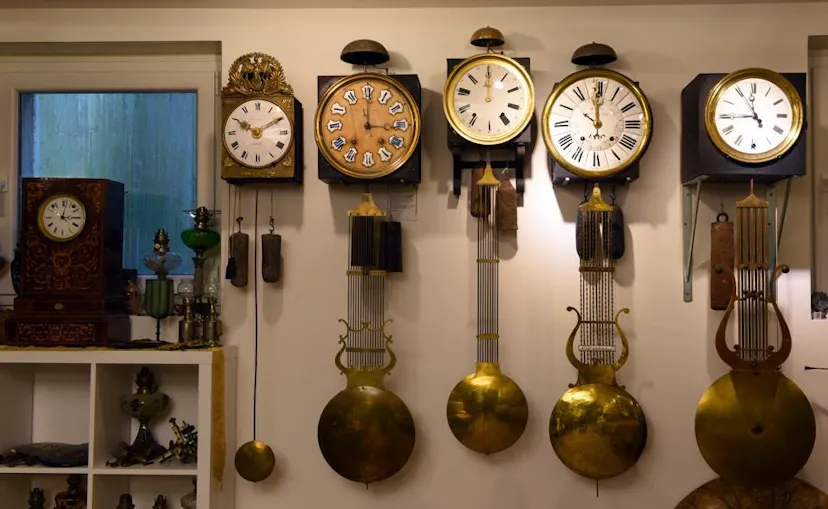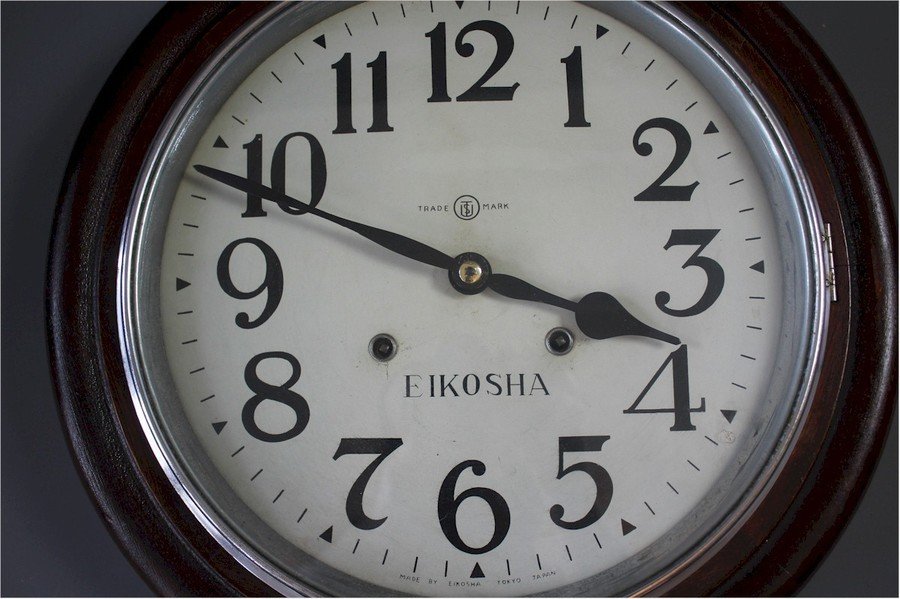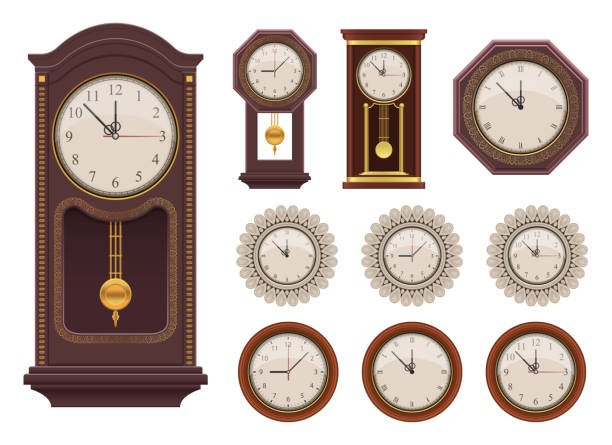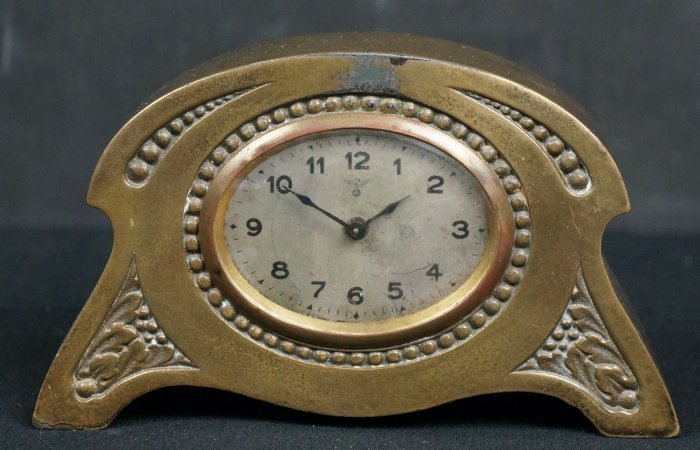Japanese clocks, known for their artistry and precision, have a unique place in the history of timekeeping. Over the centuries, they have transformed from early mechanical designs influenced by Western technology to modern quartz innovations. This article explores the fascinating evolution of Japanese clocks, highlighting key developments and their impact on the world of horology.
Early Influence: The Arrival of Western Clocks
The Introduction of Mechanical Clocks
Japanese clockmaking began in the 16th century when mechanical clocks were introduced to Japan by Portuguese and Dutch traders. These Western clocks, mostly weight-driven, became a source of inspiration for Japanese artisans. However, Japan’s unique timekeeping system, which divided day and night into six unequal hours, meant that imported clocks had to be adapted to local time measurement needs.
The result was the wadokei, the first mechanical clock made in Japan. Wadokei clocks were intricate and tailored to the Japanese system of time, where the length of hours varied depending on the season. This early adaptation showcases Japan’s ingenuity in combining foreign technology with local customs.
The Edo Period: Advancements in Clockmaking
During the Edo period (1603-1868), Japan entered a period of isolation, limiting contact with the outside world. Despite this, the art of clockmaking flourished within the country. Skilled craftsmen, influenced by traditional Japanese aesthetics, created ornate clocks with intricate designs.
These clocks, often made from wood, brass, and bronze, featured artistic elements such as lacquered cases and detailed carvings. Their dials and cases often reflected Japanese cultural symbols, including nature and religious motifs. This era marked the development of highly personalized and culturally significant timepieces.
The Meiji Era: Embracing Modernization
Adoption of Western Timekeeping
The Meiji Restoration (1868-1912) was a transformative period in Japanese history. As Japan opened up to the rest of the world and embraced modernization, Western influences began to permeate all aspects of society, including clockmaking. The Japanese government adopted the Western 12-hour system, leading to significant changes in clock design and functionality.
Japanese clockmakers began producing timepieces based on Western standards, leading to the rise of factory-made clocks. These clocks, which were mass-produced, became more affordable and accessible to the general population.
The Rise of Seikosha
In 1881, Kintaro Hattori founded Seikosha, which would later become Seiko, one of the most renowned names in the world of horology. Seikosha initially specialized in manufacturing wall clocks, but their innovative approach to clockmaking soon led to advances in precision and durability. This period marked the beginning of Japan’s global impact on timekeeping.

The 20th Century: Quartz Revolution
Seiko’s Breakthrough
In 1969, Seiko made history by introducing the world’s first quartz wristwatch, the Seiko Astron. This groundbreaking innovation revolutionized timekeeping, making quartz technology the new standard. Quartz clocks and watches were more accurate and reliable than their mechanical counterparts, and they required less maintenance.
The quartz revolution placed Japan at the forefront of the global clock and watch industry. Japanese manufacturers like Seiko, Citizen, and Casio became household names, producing timepieces that combined cutting-edge technology with sleek designs.
Expansion into Digital and Atomic Clocks
As the 20th century progressed, Japanese clockmakers continued to innovate. Digital clocks and wristwatches, powered by quartz movements, became popular worldwide. Japan also made significant contributions to atomic clock technology, which relies on the vibrations of atoms for highly accurate timekeeping. These advancements showcased Japan’s commitment to pushing the boundaries of horology.
The 21st Century: Blending Tradition and Innovation
Contemporary Japanese Clocks
In the 21st century, Japanese clockmakers continue to blend traditional craftsmanship with modern technology. Many Japanese clock manufacturers remain committed to producing high-quality mechanical clocks, catering to collectors and enthusiasts who appreciate the artistry of old-world horology.
At the same time, Japanese companies are leading the way in smart timekeeping technology, integrating features such as solar power, Bluetooth connectivity, and GPS synchronization into their clocks and watches. Seiko’s Spring Drive technology, for example, merges mechanical and quartz movements for superior precision.
Collecting Japanese Clocks
As interest in antique and vintage Japanese clocks grows, collectors are rediscovering the beauty and historical significance of timepieces from earlier centuries. Antique wadokei clocks, as well as early mechanical and quartz models, are highly sought after. Japanese clocks are valued not only for their technical sophistication but also for their cultural and artistic significance.
Conclusion
Japanese clocks have evolved significantly over the centuries, from the early wadokei influenced by Western designs to the quartz-powered marvels that revolutionized timekeeping. Today, Japanese clocks represent a fusion of tradition and innovation, showcasing the country’s rich history of craftsmanship and technological progress. Whether mechanical or digital, antique or modern, Japanese clocks continue to capture the imagination of collectors and horology enthusiasts around the world.




